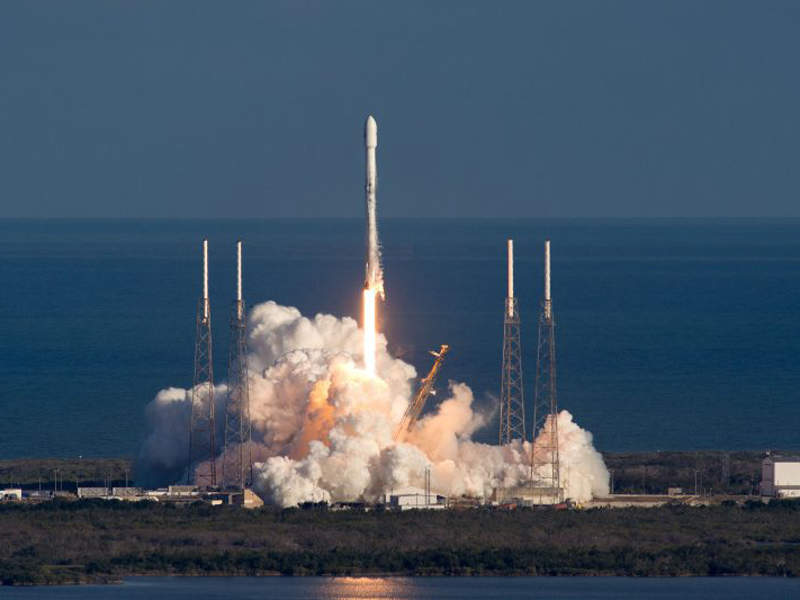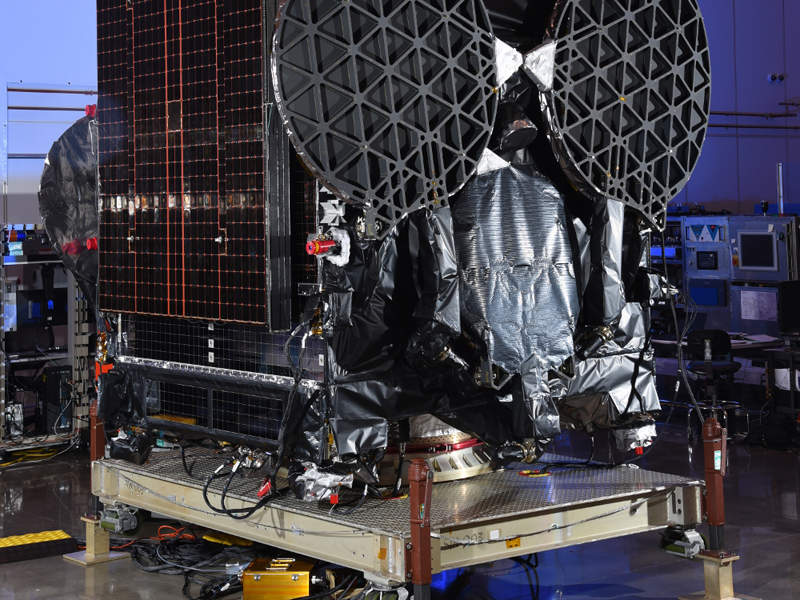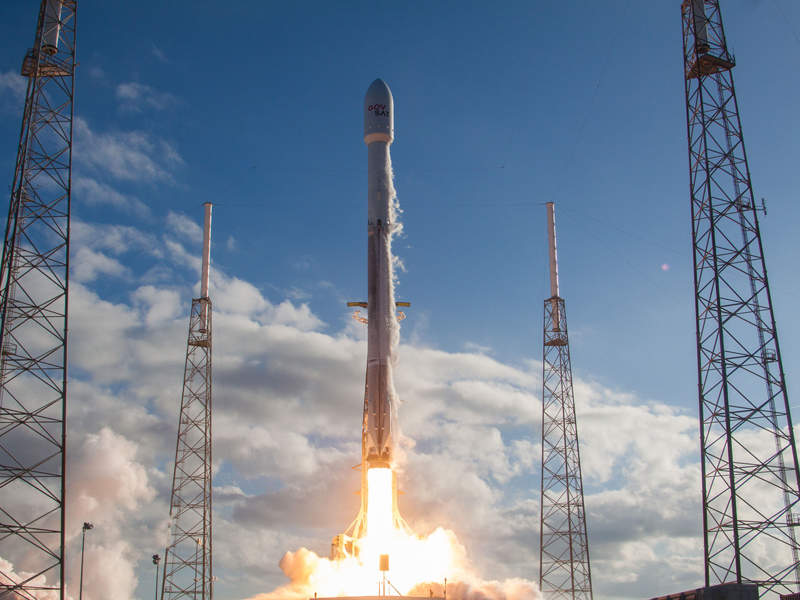GovSat-1 (SES-16) communications satellite was launched from the Cape Canaveral Air Force Station in Florida, US, on 31 January.
Located at the 21.5°E in Geostationary Earth Orbit (GEO), the spacecraft will provide satellite communication services to governmental and institutional customers for military, security and civilian applications.
GovSat-1 is the first satellite operated by GovSat, a joint venture between satellite operator SES and the Government of Luxembourg. The mission lifespan of the satellite is 15 years.
GovSat-1 design and development
The GovSat-1 communications satellite was developed by Orbital ATK at its Dulles satellite manufacturing facility in Virginia, US, under a contract awarded by GovSat in February 2015. The spacecraft reached its launch station on 11 January this year.
Based on Orbital ATK’s GEOStar-3 bus platform, the satellite has a launch mass of 4,230kg. It features a pair of deployable solar arrays to generate solar power and lithium ion batteries for energy storage.
Propulsion for the satellite is provided by a BT-4 apogee kick motor, made by Japanese IHI Aerospace, and four XR-5 electric Hall-effect ion thrusters manufactured by Aerojet Rocketdyne.
GovSat-1 is operated using a highly secure encrypted command and control. Its anti-jamming capabilities reduce the effect of interference and jamming.
A special port of the satellite allows it to dock with hosted payloads, weighing 200kg, in space.
GovSat-1 mission details
The multi-mission GovSat-1 spacecraft is equipped with X-band and Ka-band transponders with bandwidth equivalent to a total of 68 transponder units of 36MHz each to provide secure and reliable satellite communications beyond the line of sight.
The X-band frequency is used to support governmental and institutional customers in various missions, including tactical, maritime and humanitarian aid.
The military Ka-band transponders will establish communications to support intelligence, surveillance and reconnaissance (ISR) missions over the Mediterranean sea.
The spacecraft also carries an advanced, high-power X-band Global beam and up to six high-powered, fully steerable spot beams to deliver airborne and maritime communications.
The satellite will cover Europe, Africa and the Middle East, as well as the Atlantic and Indian oceans and the Mediterranean and Baltic seas.
Its defence applications include ISR, maritime operations, strategic and tactical networks, communications on the pause (COTP), and communications on the move (COTM).
The satellite information can also be used for civilian applications such as emergency response, HQ communication, disaster recovery, civil-military inter-agency collaboration, and remote government offices.
GovSat-1 launch details
The GovSat-1 communications satellite was launched aboard a reused Falcon 9 rocket developed by Space Exploration Technologies (SpaceX).
The launch was performed in two stages, with the first stage powered by nine Merlin 1D engines with 7,607kN thrust each. The second stage used a single Merlin engine, which provides 934kN thrust.
The launch vehicle has a total height of 70m and a diameter of 3.7m. The spacecraft was housed in a 13.1m-high composite fairing in the Falcon 9’s nose cone.
The satellite separation was completed in 32 minutes after launch.
GEOStar-3 bus
The GEOStar-3 bus platform is the latest member of the GEOStar family, introduced in March 2014.
Made using composite or aluminium alloy materials, it is designed to accommodate payloads weighing up to 800kg with 8kW of power.
It is compatible with single or dual-launch platforms, including Ariane 5, Falcon 9, Proton, Falcon Heavy, H-IIA, Sea launch, and Land Launch.











